Full text: White paper on China's foreign trade
Updated: 2011-12-07 11:31
(Xinhua)
|
|||||||||||
II. Reform of and Improvements to China's Foreign Trade System
Before China adopted the reform and opening up policy in 1978, its foreign trade was governed by mandatory planning, and the state absorbed both the profits and the losses of enterprises. Since the reform and opening up policy was initiated, China's foreign trade system has completed the transformation from mandatory planning to giving full play to the fundamental role of the market - from state monopoly to full openness, and from indiscriminate egalitarianism to giving enterprises discretionary management power and making them responsible for their own profits and losses. During the negotiations over the restoration of its GATT (General Agreement on Tariffs and Trade) membership and entry into the WTO, and after it became a WTO member, China gradually adopted international trade practices, and established a unified, open foreign trade system compatible with multilateral trade rules.
During the initial period of reform and opening up, China's foreign trade system reform focused on the transformation of its unitary planning, transfer of management and operation power in foreign trade to lower levels, implementation of the system of allowing enterprises to retain a certain portion of foreign exchange earnings, and establishment of a foreign exchange coordination market. China absorbed foreign direct investment to introduce foreign-invested enterprises as new business entities in its foreign trade sector, breaking the monopoly of state-owned foreign trade enterprises. After that, China introduced a responsibility system in doing foreign trade, gradually replacing mandatory planning with guided planning. The state also set up an export tax rebates system in line with the general practice of international trade. In October 1992, China clearly put forward the goal of reform toward a socialist market economy. A comprehensive reform of the systems of finance, taxation, banking, foreign trade and foreign exchange was carried out accordingly. In January 1994, the Chinese government discontinued all export subsidies, making all import and export enterprises fully responsible for their own profits and losses. The official and market-regulated exchange rates of China's currency, the Renminbi (RMB), coexisted in a unitary and managed floating exchange rate system based on market demand and supply. Foreign trade enterprises were incorporated, and pilot programs for the import and export agency system were carried out. In the same year, the Foreign Trade Law of the People's Republic of China was promulgated, establishing principles such as safeguarding a foreign trade order of equity and freedom, and a basic legal system for foreign trade. In December 1996, China realized current account convertibility for the RMB. Meanwhile, China voluntarily made significant tariff cuts, and reduced non-tariff measures such as quotas and licenses. These reform measures helped China initially establish a foreign trade administration and regulation system based on the market economy, giving full play to such economic levers as the exchange rate, taxation, tariffs and finance.
On December 11, 2001, China became the 143rd member country of the World Trade Organization after 16 years of negotiations. To honor its commitments upon entry into the WTO, China expanded its opening-up in the fields of industry, agriculture and the services trade, and accelerated trade and investment facilitation and liberalization. Meanwhile, the state deepened the reform of its foreign trade system, improved its foreign trade legal system, reduced trade barriers and administrative intervention, rationalized government responsibilities in foreign trade administration, made government behavior more open, more impartial and more transparent, and promoted the development of an open economy to a new stage.
- Expediting improvements to the legal system for foreign economic relations and trade. After its entry into the WTO, China reviewed over 2,300 laws and regulations, and departmental rules. Those that did not accord with WTO rules and China's commitments upon entry into the WTO were abolished or revised. Administrative licensing procedures are reduced and regulated in the revised laws and regulations, and a legal system of trade promotion and remedy has been established and improved. In accordance with the Agreement on Trade-related Aspects of Intellectual Property Rights (TRIPS) administered by the WTO, China revised its laws and regulations and judicial interpretations related to intellectual property rights, and thereby constructed a complete legal system that conforms to China's actual conditions and international practices.
- Taking further measures to lower tariffs and reduce non-tariff measures. During the transitional period following China's entry into the WTO, the general level of China's import tariffs was lowered from 15.3 percent in 2001 to 9.9 percent in 2005. By January 2005, the majority of China's tariff reduction commitments had been fulfilled; China had removed non-tariff barriers, including quota, licensing and designated bidding, measures concerning 424 tariff lines, and only retained licensing administration over imports that are controlled for the sake of public safety and the environment in line with international conventions and WTO rules. By 2010 China's overall tariff level had dropped to 9.8 percent - 15.2 percent in the case of agricultural products and 8.9 percent in the case of industrial products. Since 2005, China has completely maintained its bound tariff rate.
- Fully liberalizing access to foreign trade operations. According to the Foreign Trade Law of the People's Republic of China that was revised in 2004, starting from July 2004, foreign trade dealers only need to register with the authority responsible, and no longer have to ask for approval from the Chinese government. This change has facilitated the diversification of China's foreign trade entities, consisting of state-owned, foreign-invested and private enterprises. The imports and exports of state-owned and foreign-invested enterprises have maintained sustained growth, while private enterprises have seen their foreign trade develop rapidly and their share of China's import and export market keeps expanding, becoming key players in China's foreign trade. In 2010 the import and export volume of state-owned enterprises, foreign-invested enterprises and private enterprises in the country's total was 20.9 percent, 53.8 percent and 25.3 percent, respectively.
- Further opening the services market. China has earnestly fulfilled its commitments upon entry into the WTO by offering market access to international service providers in a wide range of fields, including finance, telecommunications, construction, distribution, logistics, tourism and education. China has opened up 100 of the WTO's 160 sub-sectors of services trade, approaching the average level of developed countries. In 2010 a total of 13,905 foreign-invested enterprises in the services sector had been set up in China, with 48.7 billion U.S. dollars of foreign investment actually used, accounting for 50.7 percent of the total number of newly founded foreign-invested enterprises in China's non-financial sectors and 46.1 percent of the total amount of foreign investment actually utilized that year, respectively.
- Creating a level playing field. China has striven to provide a flexible, fair and stable market for domestic and international enterprises by establishing and improving the legal system and the law-enforcement and supervisory mechanism for fair trade, and curbing and cracking down on unfair practices in foreign trade operations, such as infringement of rights, dumping, smuggling and disruption of the market order. Following domestic laws and international trade rules, China has strengthened its efforts in monitoring and early warning, and adopted measures such as trade remedy and antitrust investigation to correct the unfair practices of its trade partners, and to safeguard the legitimate rights and interests of domestic industries and enterprises. Facing the international financial crisis, China worked hand in hand with the international community to firmly oppose all forms of trade protectionism, strictly adhered to relevant WTO rules, and treated domestic and foreign products equally while carrying out the stimulus plan, promoting fair competition between domestic and foreign enterprises.
By 2010, all of China's commitments made upon entry into the WTO had been fulfilled. China's earnest efforts are commended by the majority of the WTO members. The Chinese government received three trade policy reviews from the WTO in 2006, 2008 and 2010, respectively. The WTO's basic principles, such as non-discrimination, transparency and fair competition, have been included in China's laws, regulations and related systems. A deeper understanding of concepts such as market orientation, opening up, fair competition, the rule of law and intellectual property rights has been achieved among the Chinese people, promoting the further opening up of the national economy and more improvements to the market economy.
Hot Topics
HIV/AIDS, Egypt protest, Thanksgiving, climate change, global economic recovery, home prices, high-speed railways, school bus safety, Libya situation, Weekly photos
Editor's Picks
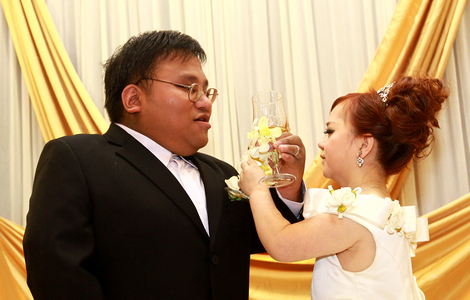
|
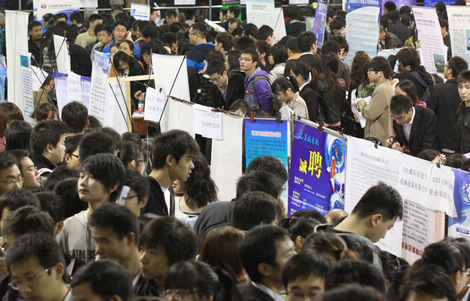
|
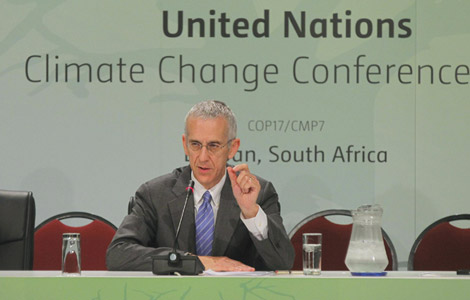
|

|
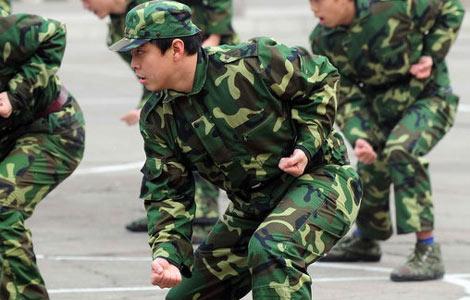
|
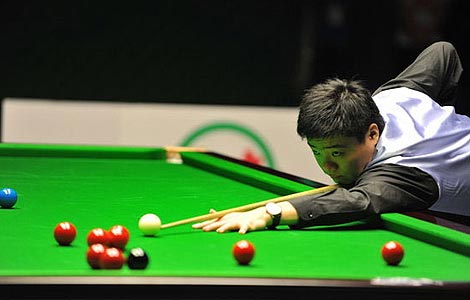
|







